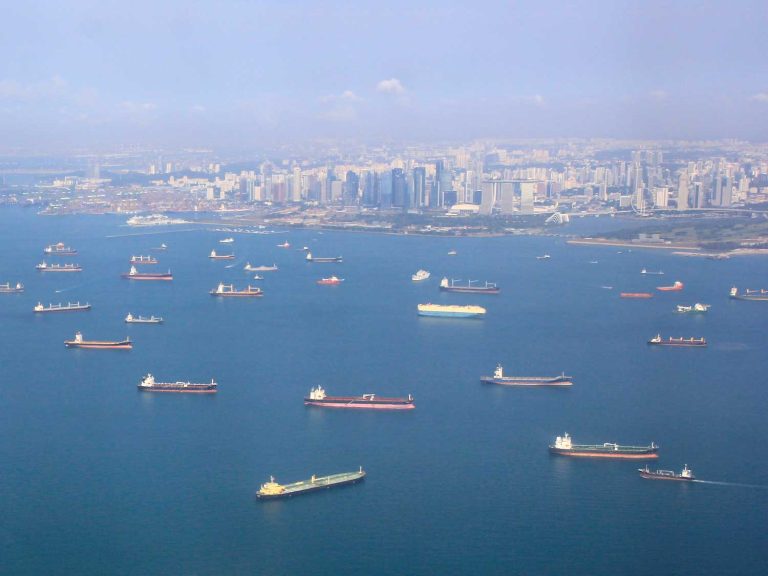
Date:
Challenges in ocean freight: Capacity, congestion, and resilience
The ongoing disruption in the Red Sea and Gulf of Aden, which started with the hijacking of a vessel nearly ten months ago, has led to a substantial reduction in available container vessel capacity, driving up freight rates, intensifying port congestion, and exacerbating equipment shortages.
The impact of this crisis, second only to the pandemic, has caused widespread disruptions, with global ocean freight continuing to grapple with significant challenges.
Blanked sailings
To counter the drop in demand and falling container spot rates, ocean carriers are implementing a high number of blanked sailings, particularly ahead of China’s Golden Week holiday. The cancellation rate for scheduled sailings in September is currently 10% across major trade routes, with the transpacific accounting for 51%, Asia-Europe 28%, and the transatlantic 21%.
Despite the recent softening, freight rates remain significantly higher than last year – +350% on the Asia-North Europe route and +150-180% on Transpacific routes. Events such as the looming threat of port strikes, the introduction of new import tariffs and an early Chinese New Year could keep rates elevated, even in the face of softer demand.
US West coast volume surge
As the peak shipping season approaches, the US West Coast ports of Los Angeles and Long Beach are preparing for a surge in import volumes.
Ocean carriers are deploying 28 additional “extra-loader” vessels to handle the expected influx, driven by strong consumer demand and the diversion of cargo from the US East and Gulf coasts due to potential labour disruptions.
Economic resilience is likely to sustain high import levels through the end of the year, further increasing activity at these key ports.
Ongoing Port congestion
Global port congestion remains challenging with hot spots in Asia and India in particular. The delivery of new container ships and fewer overall blank sailings in recent weeks, along with the Red Sea diversions, are absorbing the added capacity and demand remains high, resulting in vessel bunching and berthing delays at major ports in China, the USA and South America.
The risk of further supply chain disruptions persists, with potential threats from labour strikes and the increasing impact of severe weather events linked to climate change.
Red Sea diversions soak up equipment
Container equipment situation in Asia, and China in particular, remains challenging but is improving with India now becoming the main hotspot.
Ocean carriers and container leasing companies have booked all available container production slots at Chinese manufacturers until mid-October, following record-high deliveries earlier in the year. In the first seven months of 2024 alone, container deliveries increased tenfold compared to the same period in 2023.
The availability of 40ft high-cube containers has tightened significantly, putting additional pressure on carriers and manufacturers to meet delivery schedules amid strong export growth from Asia and ongoing port congestion.
As the industry navigates these complex challenges, the focus remains on managing capacity, stabilising operations, and mitigating the risks posed by economic and environmental factors.
Ongoing demand for ocean freight and challenges in capacity suggest a complex and potentially turbulent peak season ahead.
We recommend talking to us now, if you have high-priority orders and sharing your shipping forecasts, so that we can secure your space, on the services that meet your deadlines, at the best possible rates.
To learn how we can safeguard and enhance your ocean supply chain, please EMAIL our Chief Commercial Officer, Andy Smith.
